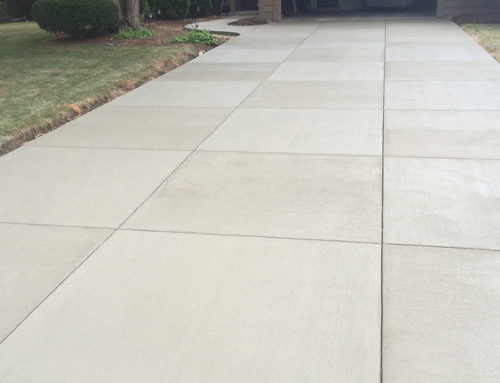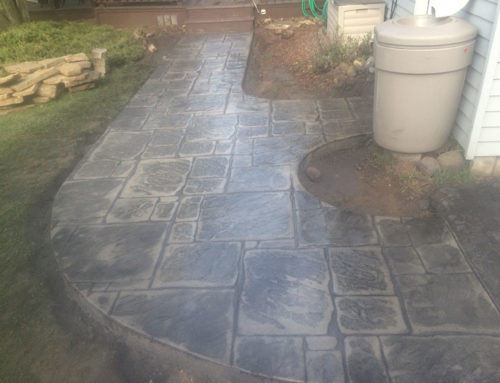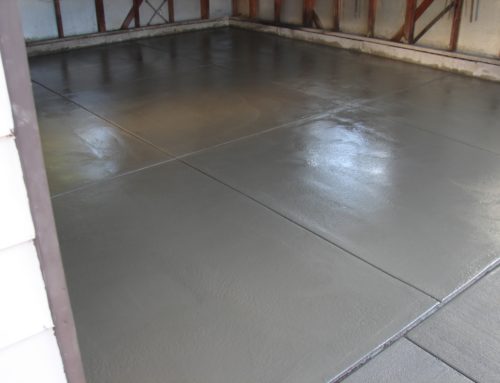Whether you’re in the process of building a retaining wall or already have one built, the wall will need attention year round. Despite their simple appearance, these walls require a great deal of planning to maintain their shape. Here are a few do’s and don’ts to keep in mind as you plan and maintain your retaining wall.
Do Start with a Good Foundation for the Retaining Wall
It’s safe to say that a retaining wall is only as strong as its support system. Remember to plan properly and make sure that the ground is level. To keep the wall from shifting and settling, the exact depth of the trench is dependent on the proposed height of the wall. However, you can follow this rule of thumb to achieve the right depth: Dig a trench to be an eighth of the wall plus three inches.
Don’t Lay Blocks on an Unlevel Surface
When building a retaining wall, the first row of blocks sets the stage for the rest of the wall. Therefore, it’s crucial that it is perfectly level when constructed. If it isn’t, the end result could be a retaining wall that is lopsided and unattractive. Instead, stack blocks at a slight backward slope at a minimum rate of one-inch for every one-foot of height.
Do Inspect Drains and Battering Each Spring
In general, retaining walls are susceptible to pools of groundwater. If left untreated, it can lead to erosion and ultimately cause it to collapse. Furthermore, water that builds up near the wall can cause mortar to become loose and crack. To avoid failure, drains are installed to drive water away from the wall and the flower bed. Inspect the drainage area every spring to prevent debris overload and ensure that water is able to drain harmlessly away.
Don’t Power Wash Your Stone
Power washing is a quick and easy way to restore faded natural stone, but it can also weaken your retaining wall. Too much pressure can cause mortar to break or crumble and the supporting gravel to wash away.
Instead, use an ordinary garden hose with a sprayer attachment. Start off by gently spraying down the entire wall or just the blocks that you need to clean. Alternatively, you can wash your wall by hand with a damp cloth then allow time for it to dry.
Do Backfill Your Retaining Wall Properly
Backfill refers to the dirt behind the wall. In order to provide proper drainage, at least 12 inches of granular backfill should be installed directly behind the wall. By tamping the backfill every six or so inches, you can provide additional support from the pressure of the soil behind the wall.
A Retaining Wall Adds Value and Aesthetic Appeal to Your Property
Utilizing wall care techniques will guarantee that your landscape will stay intact for years to come. At JBS Construction, we know how to use retaining walls to create distinctive, unique hardscapes for your home. No matter what look you’re going for, we can help you find the right concrete elements.
We have over 30 years of experience providing superior concrete construction services for business owners and homeowners in the Milwaukee area. Contact us today to receive your free estimate.





